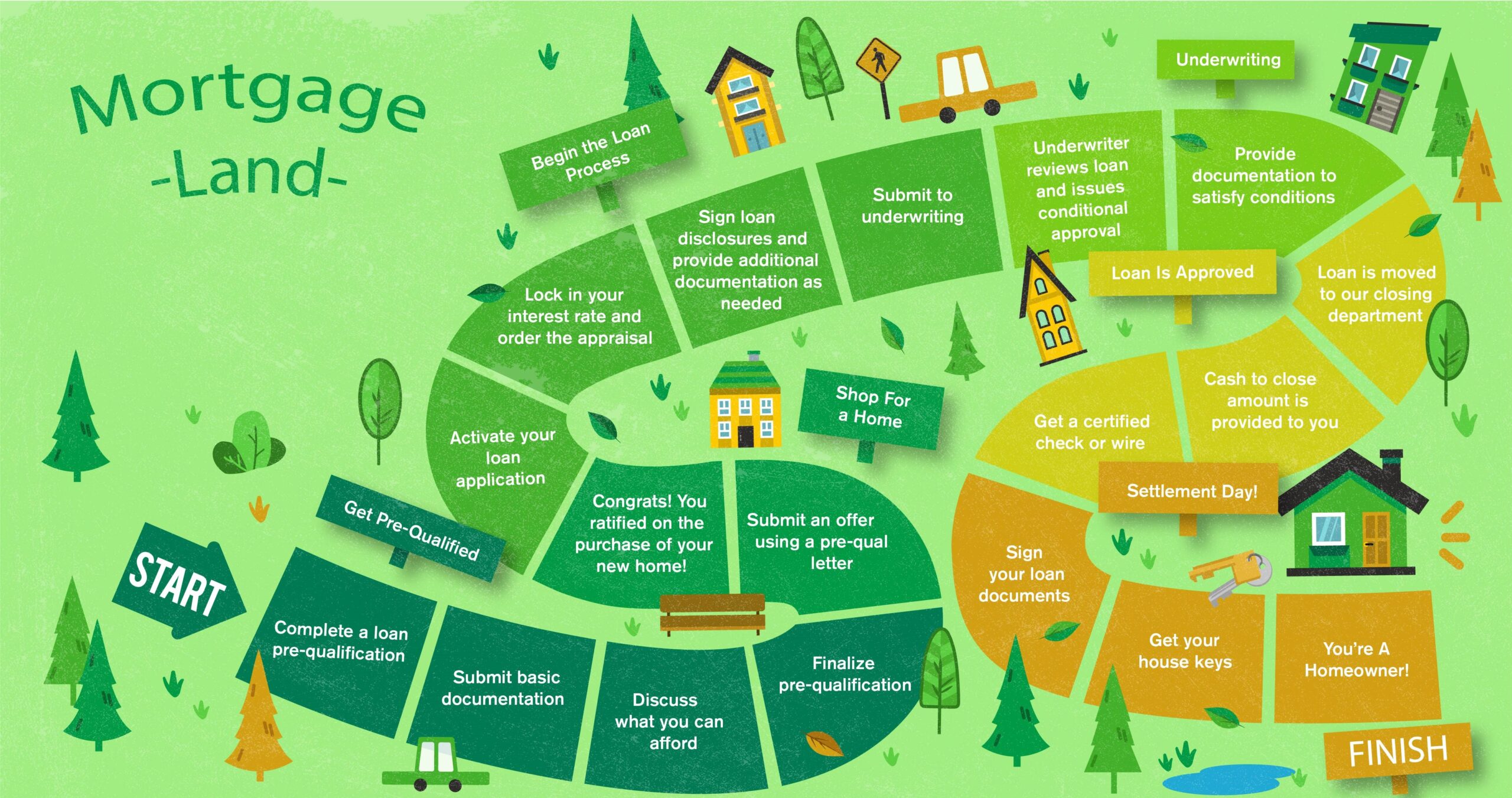You love your home, but you feel like you’re running out of space and fast. Lack of storage space can quickly lead to clutter, disorganization, and frustration. Whether you don’t have a lot of space, or it just feels that way, being smart and efficient with the space you do have can make a difference! Here are 4 tips to best utilize the space you have for optimal storage!
Look up!
Go vertical with your storage solutions. Do you have space above your cabinets? Maybe add doors or use as open shelving. What about in your closet? Are you optimizing the space all the way up to the ceiling? Add more shelves or organizational bins or drawers! If you’re really dedicated to making more space and you have tall ceilings, you could even opt to have a loft bedroom or attic space built in!
Disguise
If you’re short on cabinet and closet space no worries! Using decorative baskets and furniture with hidden compartments, like ottomans, can be both functional and beautiful! Storing extra blankets, linens, pillows, etc. this way can open space in your closets for larger items while still keeping them hidden. Purchasing a simple storage bench that could act as extra seating for guests could prove to be beneficial!
Get Clever
Find the nooks and crannies in your home that may seem like useless space and hang some floating shelves or add built in cabinets! Double up your office and turn it into a guest room too by installing a fold down desk that can be stored away when friends come to stay. Using hooks or a hanging organizer on the back of your bedroom door is the perfect solution to getting your shoes off the floor and put away. Combining these little hacks can add up and save you plenty of space!
De-clutter
And finally, the task that is sometimes the most dreaded. De-cluttering is a sure-fire way to earn yourself more storage space in your home. It doesn’t hurt to take time to go through your closets and get rid of items that no longer serve a purpose to you. Gather up all the extra clothing, toys, blankets, trinkets and anything else you’re ready to get rid of and donate to your local shelters or thrift store. Then, not only are you giving yourself more storage space but also contributing to your community!
To learn more tips like this visit the resource center on our website! https://firsthome.com/resources/




